We integrate these technologies to make events more interactive, personalized, and participatory, fostering deeper engagement and creating memorable experiences for the attendees.
Virtual Reality (VR) is an exciting technology that transports event attendees into a fully immersive digital environment. By wearing VR headsets, participants can explore virtual worlds, interact with objects, and engage in thrilling experiences that go beyond the constraints of the physical venue. This immersive nature of VR can significantly enhance events by providing a sense of presence and allowing attendees to engage with content in a more interactive and memorable way.
3D Mapping
Augmented Reality (AR) overlays digital information onto the real world, creating an interactive and engaging experience for event attendees. By using AR-enabled devices such as smartphones or smart glasses, participants can view digital content superimposed onto their physical surroundings. AR can be used to provide additional information, interactive elements, and gamified experiences, making events more interactive, informative, and entertaining.
Augmented Reality
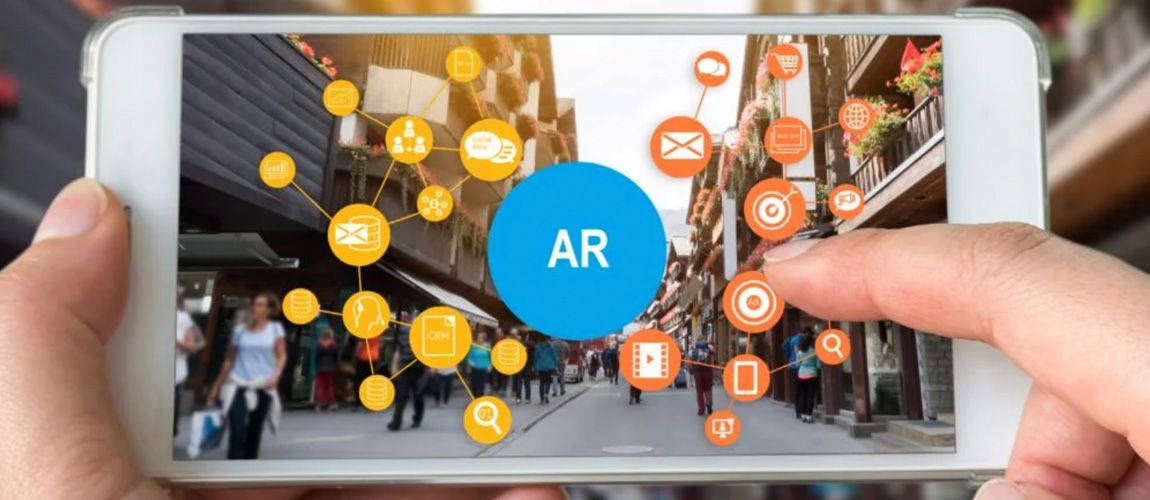
3D mapping technology transforms the physical space of an event venue into a dynamic canvas. By projecting stunning visuals, animations, and designs onto surfaces like walls, floors, and stages, It can create a visually captivating environment that captivates and mesmerizes everyone. It allows for creative storytelling, branding opportunities, and the creation of immersive atmospheres, enhancing the overall ambience and leaving a lasting impression on the person attending it.
IIDE
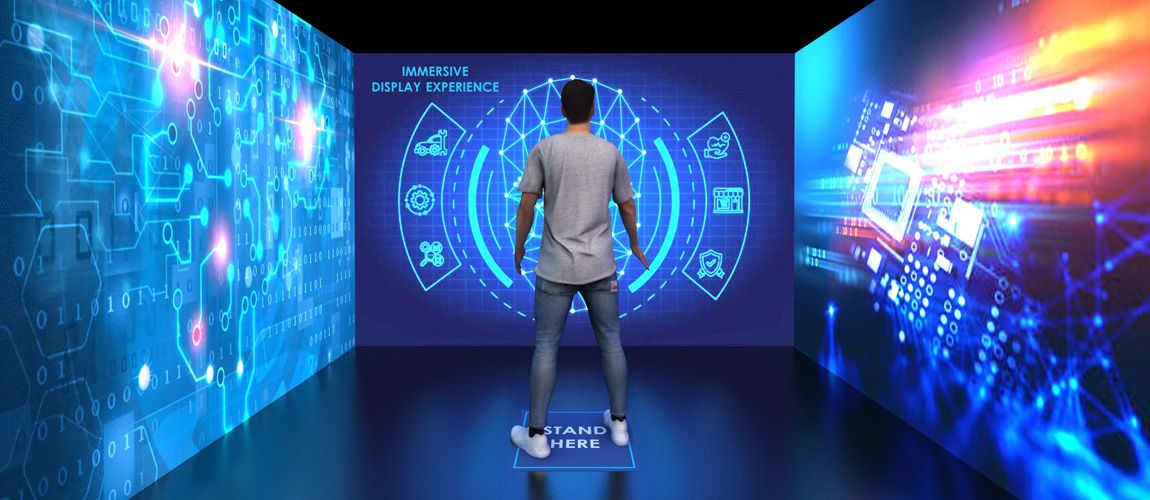
Interactive immersive display experiences combine VR, AR, and 3D mapping technologies to create a truly engaging environment. These displays provide interactive elements that allow attendees to manipulate virtual objects, explore augmented information, and interact with the mapped visuals. By integrating these technologies, events become more interactive, personalized, and participatory, fostering deeper engagement.
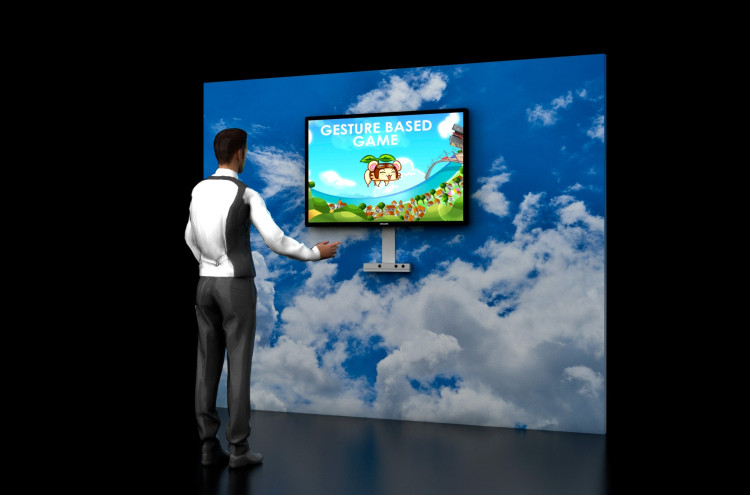
Gesture Based Games
It enables users to navigate through the information shared in the limited space in an interactive and detailed format through the combination of various technologies.
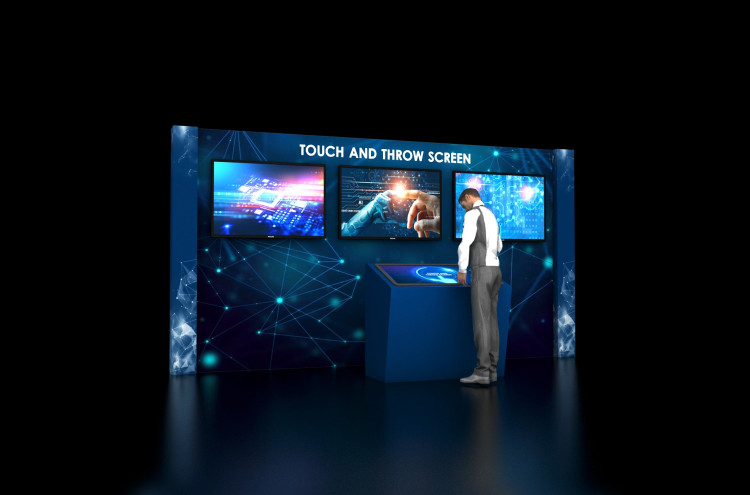
Touch and Throw Screen
A touch-sensitive screen that enables users to interact with digital content by touching and throwing virtual objects or elements.
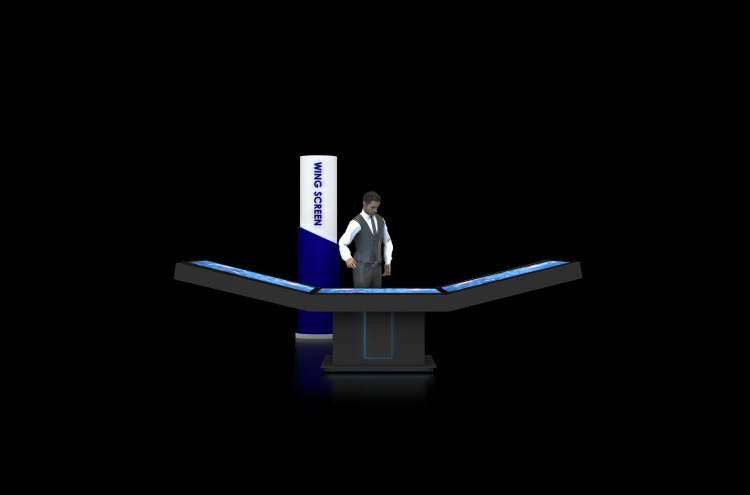
Wing Screen
A display screen with retractable wing-like extensions that provide additional screen space or serve as interactive input surfaces.

Detection Table
A table equipped with sensors or cameras to detect and track objects or gestures placed on its surface.
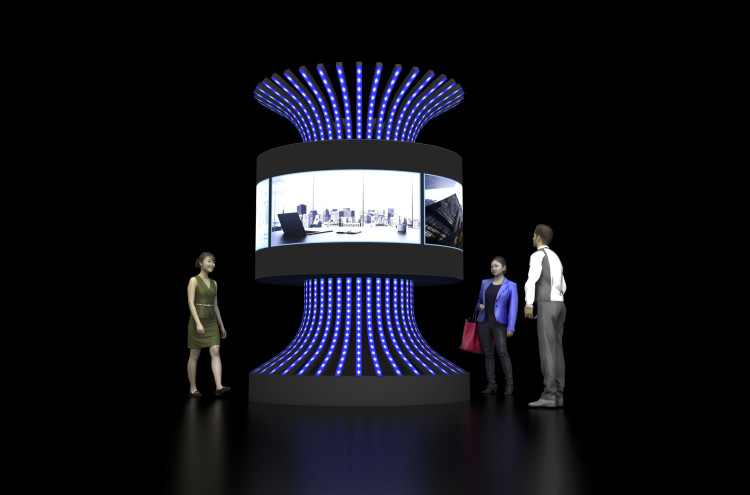
Digital Tree
A digital display in the shape of a tree, is often used for showcasing information or interactive experiences related to nature, education, or art.
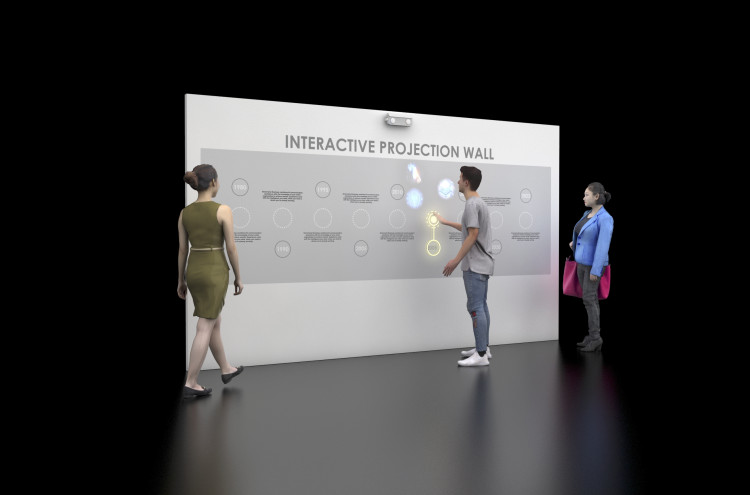
Interactive Projection Wall
A wall-sized surface onto which interactive digital projections are displayed enables users to interact with the projected content.
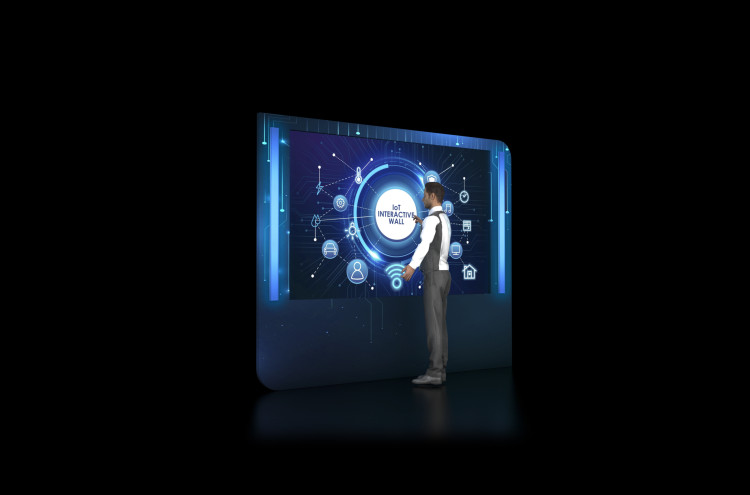
Interactive Wall
A large display surface that allows users to interact with digital content using touch, gestures, or other input methods.

Recognition Table with Swivel
Similar to a recognition table but with the added feature of a swivelling mechanism to rotate and present recognized objects or patterns.
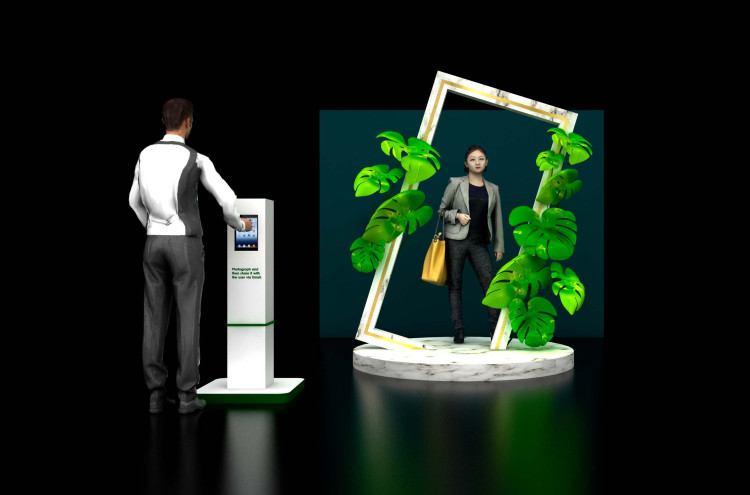
AR Photo Booth
A photo booth that incorporates augmented reality (AR) technology to add digital overlays, effects, or interactive elements to the captured photos.
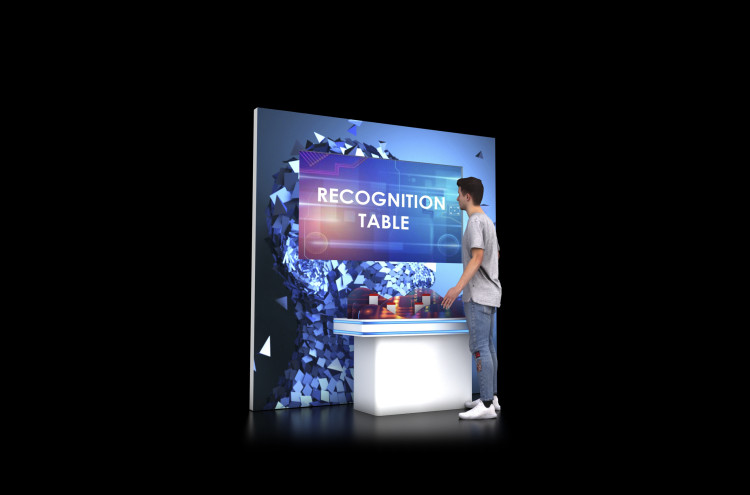
Recognition Table
A table that uses computer vision algorithms to identify and classify objects or patterns placed on its surface.
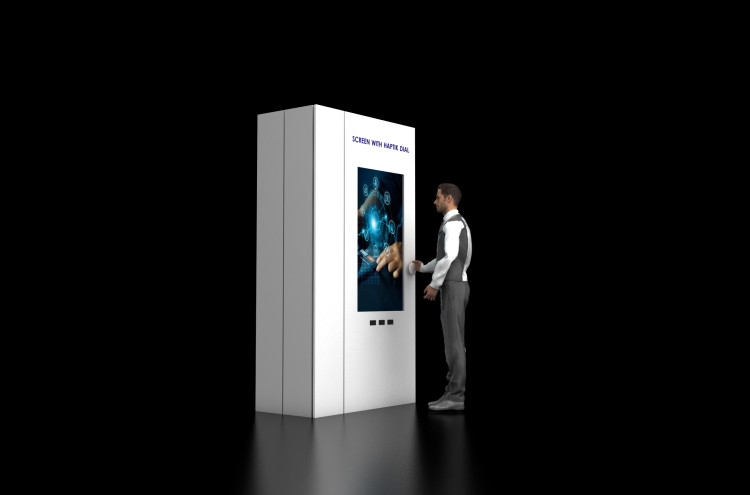
Screen with Haptik Dial
A screen equipped with a haptic dial or wheel that allows users to control and navigate through digital content by physical rotation and tactile feedback.
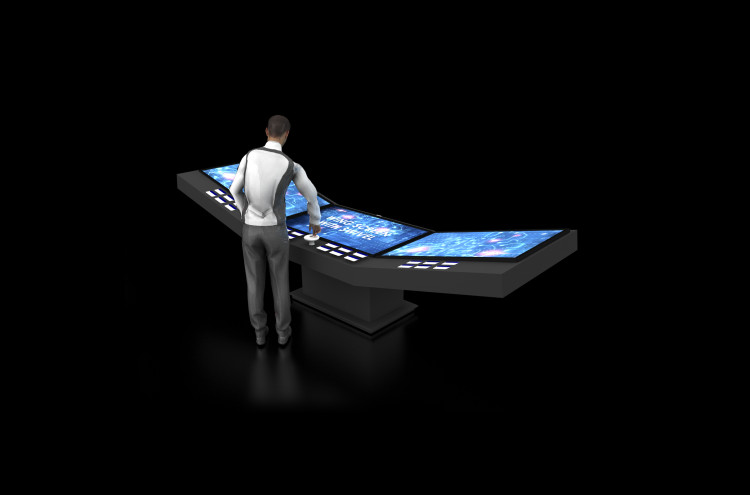
Wing Screen with Swivel
A swivel that enables users to navigate around the screen.
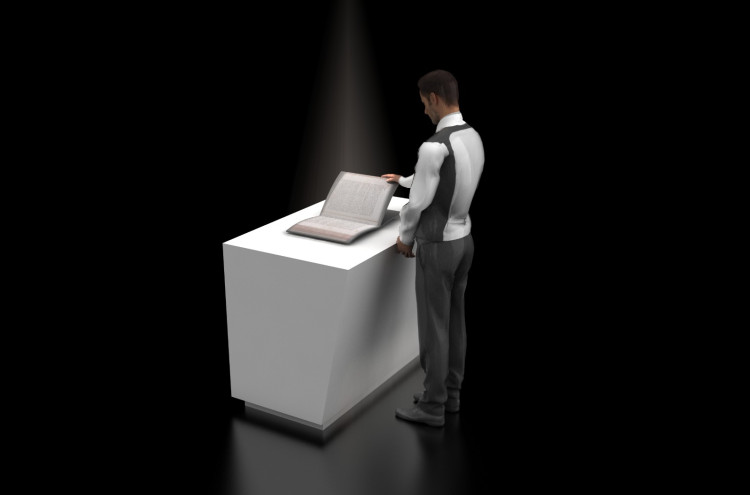
Digital Flipbook
A digital device or application that emulates the flipping motion of a physical flipbook, displaying a sequence of images or animations.
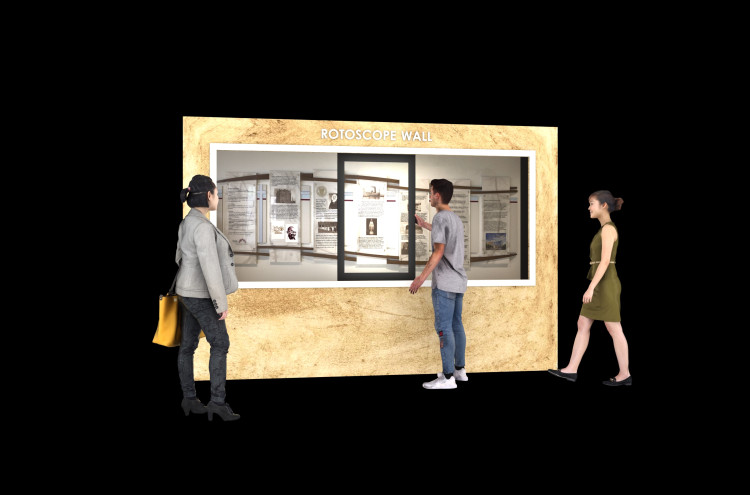
Rotoscope Wall
It enables users to navigate through the information shared in the limited space in an interactive and the detailed format through the combination of various technologies.